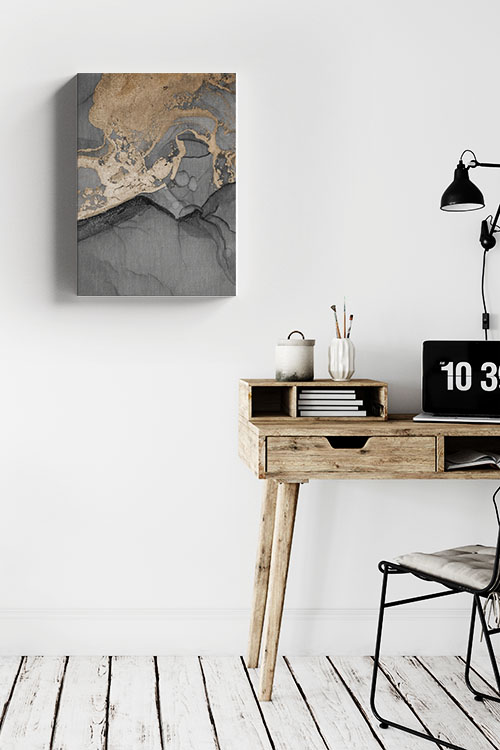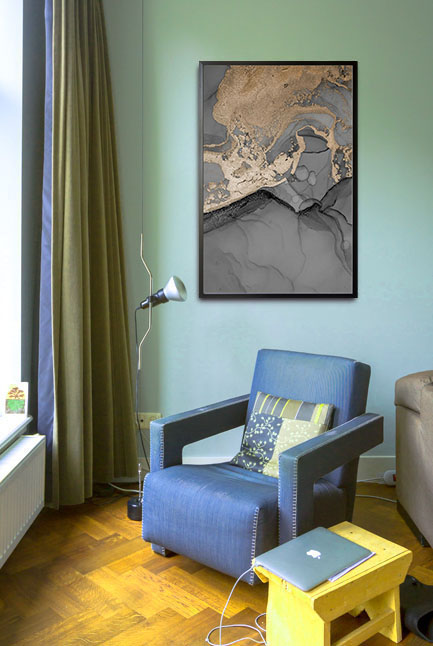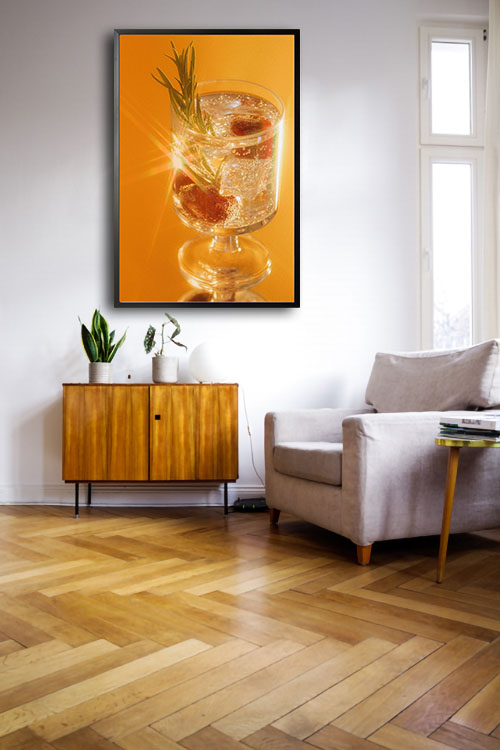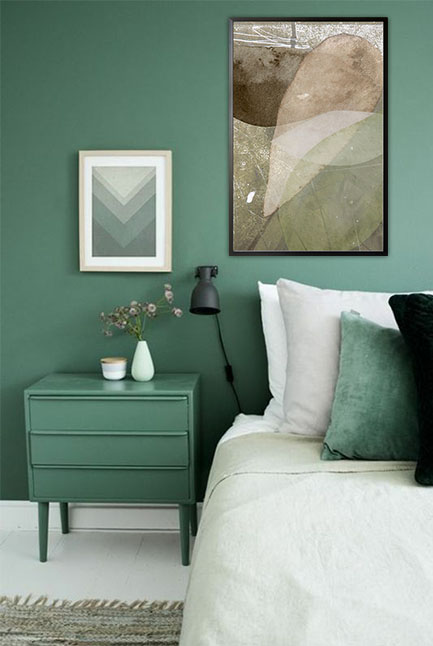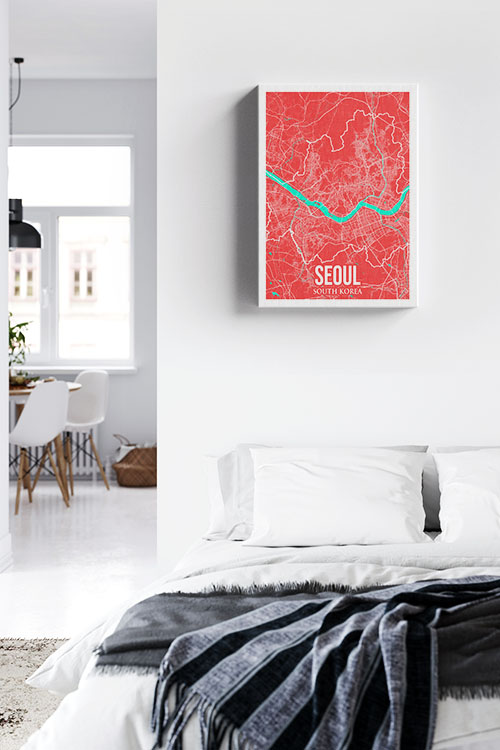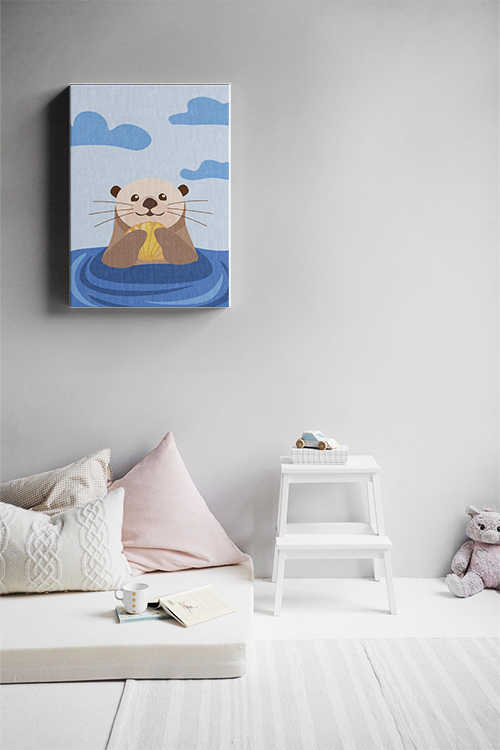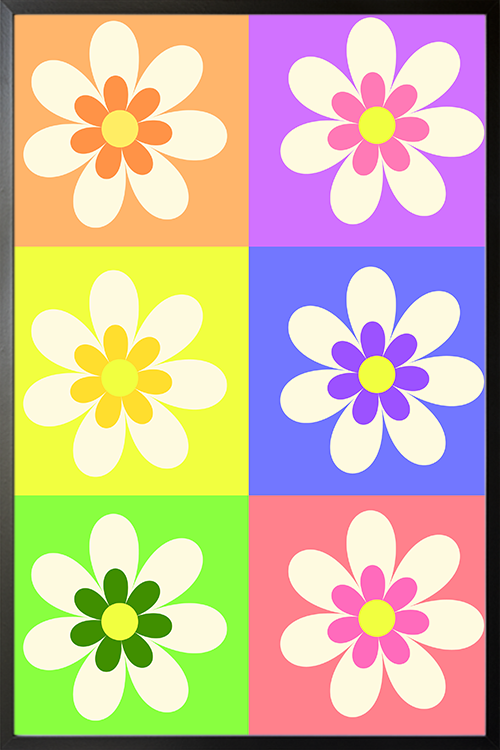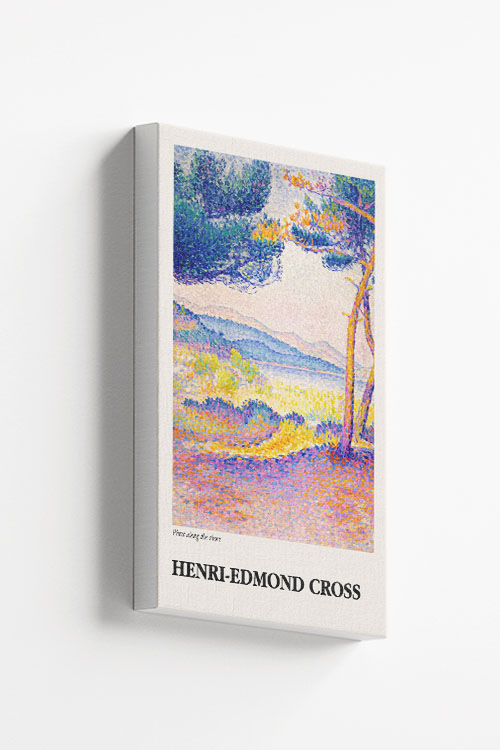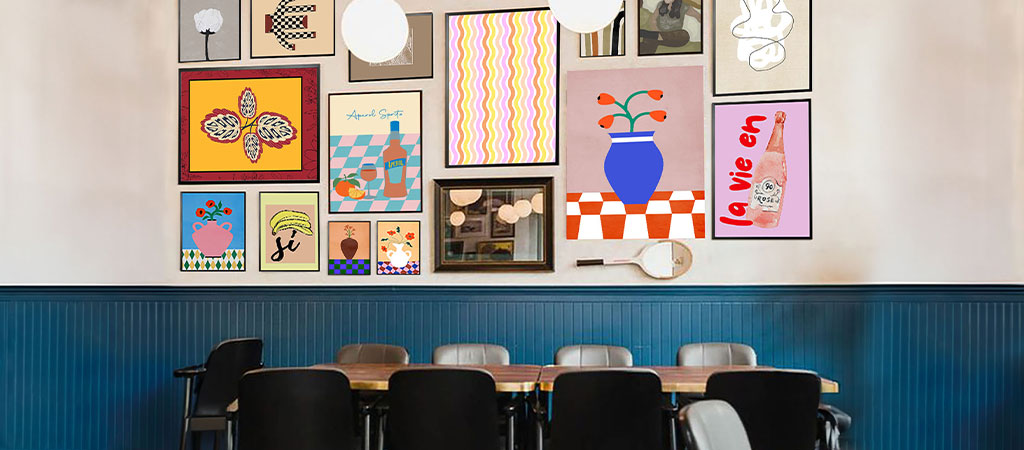
Transforming a dark, lifeless room into a bright, inviting space is not only possible but also surprisingly simple. With the right use of color, lighting, and décor, you can turn even the most light-starved spaces into welcoming havens. Here’s how to effectively lighten a dark room with no natural light and bring a new sense of life and energy into your home.
Choose Light Colors for Walls and Ceilings
The colors you choose for your walls and ceiling have a profound impact on a room’s perceived brightness. Light colors, especially whites and creams, are reflective and help bounce any available light around the space, making it feel more open and airy. But if an all-white room isn’t your style, don’t worry. Light pastels or soft neutrals like pale gray, blush pink, or mint green can also brighten the area without overwhelming it, giving you plenty of options to play with.
Use Mirrors Strategically
Mirrors can work wonders in dark spaces by reflecting artificial light, creating the illusion of depth, and making a room appear larger and brighter. To maximize their effect, place mirrors opposite light sources or on walls adjacent to lighting fixtures. For a more dramatic touch, consider using a large statement mirror or a gallery wall of smaller mirrors. Mirrored furniture, like coffee tables or side tables, can also help distribute light more evenly in a room.
Layer Different Light Sources
Relying on a single overhead light often creates a flat, dull atmosphere. Instead, enlighten your space by layering multiple light sources to create depth and distribute brightness. Start with ambient lighting (like recessed or ceiling fixtures), then add task lighting for specific activities, such as reading or working. Finally, add accent lighting, like wall sconces, floor lamps, or table lamps, to add warmth and character. Use LED bulbs that emit a warm or neutral white color, as overly cool tones can make a space feel harsh and clinical.
Opt for Light-Colored Furniture and Décor
Dark furniture absorbs light, making a room feel even more closed-in. Select furniture in light, airy colors like white, beige, or light gray to counteract this. If you own dark furniture, consider adding light-colored throws or slipcovers to brighten it up. Light-colored rugs are also a good addition, especially in darker flooring spaces. For an extra boost, incorporate metallic or glass accents, such as a mirrored tray, a glass vase, or a metallic lamp, as these materials reflect light and add brightness to the room.
Incorporate Reflective Surfaces
In addition to mirrors, other reflective surfaces like glass, metallic finishes, and high-gloss ceramics can enhance the brightness of a room. A glass coffee table, metallic picture frames, or glossy decorative vases can capture and bounce light around. Even a subtle metallic wallpaper or backsplash can add a reflective quality that brings more light into the space.
Use Transparent or Open Shelving
Heavy, dark bookshelves or closed cabinets can make a room crowded and shadowed. Instead, choose open shelving, glass-front cabinets, or transparent furniture to maintain a sense of openness. Open shelving allows light to move more freely and lets you style the space with light-colored books, plants, or decor that brightens up the room. It also creates a sense of spaciousness and can make a room feel larger. Avoid clutter; too many objects can make a dark space feel even more cramped.
Add Greenery or Artwork to Lift the Atmosphere
Finally, add elements like indoor plants or colorful artwork to light the room. Even in low light, many indoor plants, such as snake plants, ZZ plants, and pothos, thrive. These plants add a natural touch that can lift the ambiance, while vibrant artwork or colorful prints can provide pops of brightness against neutral walls.
With these steps, you can transform a dark room into a light, welcoming environment that feels as fresh and vibrant as one filled with natural light.
